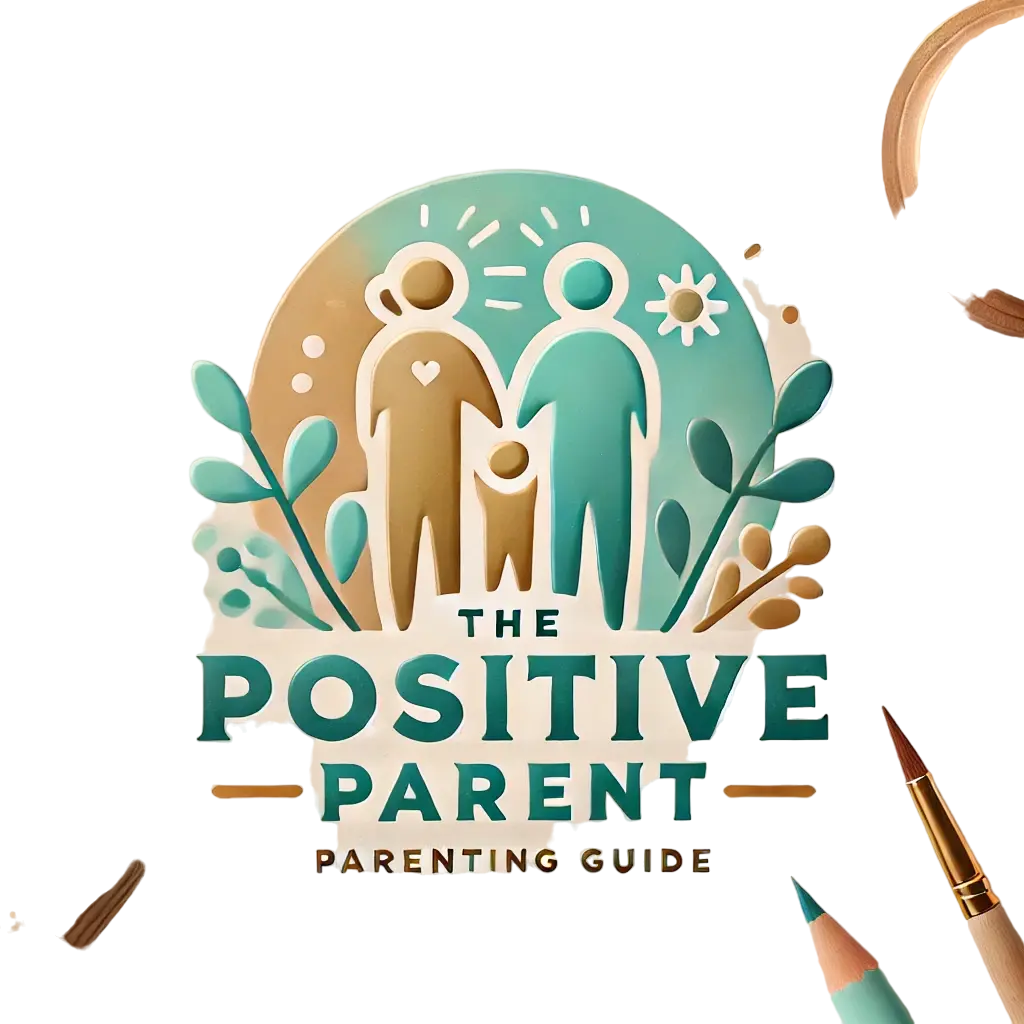New Dangers Found in Protein Powder Your Teen Should Know
Category
Categories

New Risks Discovered in Protein Powder Every Positive Parent Should Be Aware Of
Insights from registered dietitians and pediatricians regarding the safety and effectiveness of protein powder.
If you spend time browsing social media, you may come across influencers using protein powder to create visually appealing smoothies. These supplements can be mixed with various liquids like water, milk, or alternative milks to help fulfill daily protein requirements.
Protein plays a crucial role in a balanced diet, aiding in muscle development and maintenance. However, determining what constitutes high-quality protein has become challenging due to the increasing popularity of protein powders.
A recent report from the Clean Label Project suggests that certain protein powders, particularly plant-based, chocolate-flavored, and organic varieties, may contain elevated levels of lead and cadmium.
Why Should Parents Pay Attention?
An October 2024 MOTT survey found that 41% of parents reported that their teen had used a protein supplement in the last year.
The Health Risks for Teens
“These metals can be harmful to your health, especially for teens who are still growing,” according to Daniel Ganjian, MD, FAAP, a board-certified pediatrician at Providence Saint John’s Health Center in Santa Monica, California.
Understanding the Risks
Experts delve into the new report of harmful metal levels in protein powders and provide insights on what positive parents can do to protect their teens.
What To Know About Lead and Cadmium Levels in Protein Powders
Nearly half (47%) of the tested protein powders exceeded California’s Proposition 65 limits for lead and cadmium levels. This legislation, established in 1986, protects drinking water and informs state residents about potential health risks, such as reproductive harm and congenital abnormalities.
Cadmium is classified as a carcinogen, with no safe level of lead for human consumption45.
While the term “organic” is often associated with better health outcomes, organic protein powders were found to have three times more lead and double the cadmium compared to non-organic options, according to the new Clean Label Product study. Plant-based powders, containing ingredients like soy and peas, had three times the lead content compared to whey-based products. Additionally, chocolate-flavored powders showed four times more lead and 110 times more cadmium than vanilla varieties.
Impact on Children’s Health
The recent report builds on previous findings, particularly concerning chocolate-flavored protein powders. Dark chocolate is often promoted as a healthier alternative to other sugary treats due to its flavonoids, which possess antioxidants and anti-inflammatory properties. However, a study conducted in July 2024 revealed that nearly half (43%) of the dark chocolate products contained lead levels exceeding the limits set by California Proposition 65 (allowable lead dose: 0.5 parts per million).
Concern over Heavy Metals
“There is a valid concern, especially with plant-based powders, regarding heavy metals like lead and cadmium,” explains Kathleen Garcia-Benson, a registered dietitian at Top Nutrition Coaching. “These metals are often present in the soil where plants are cultivated and might accumulate in the final product.”
Developmental Implications
Exposure to heavy metals such as lead and cadmium can have an impact on children’s growth and development. Pediatrician Alexis Monique Javier, DO, from Children’s Memorial Hermann Pediatrics, emphasizes the potential effects of these metals on young bodies.
Link Between Aggressive Behavior and Heavy Metal Exposure in Adolescents
One study conducted in 2023 found a connection between aggressive behavior and exposure to heavy metals in adolescents.
Concerns Beyond Metal Exposure in Protein Powder
Protein powder poses other risks beyond heavy metal exposure.
Unregulated Nature of Protein Powders
According to Dr. Ganjian, protein powders are not monitored by the FDA, leading to the possibility of undisclosed ingredients. Additionally, some protein powders contain high levels of added sugar, which is detrimental to health.
Do Teens Require Protein Powder?
No.
Many parents note that their teenagers use protein powder for health and aesthetics, as seen in the MOTT survey.
However, “Protein powders are seldom essential but can serve as a supplement to address nutritional deficiencies in teens with selective eating habits, high nutritional needs, or those following a plant-based diet for various reasons,” according to Lisa Moskovitz, RD, the founder of NY Nutrition Group and the author of The Core 3 Healthy Eating Plan. “Thankfully, there are alternative protein powder options available even for teens dealing with these challenges.”
It is important to remember that protein powders should not replace meals.
Importance of a Balanced Diet for Children and Adolescents
It is crucial to ensure that children and adolescents have sufficient fiber, carbohydrates, and fats in their diet for proper nutrition. Relying too heavily on protein powders can result in a calorie deficit, which may not be beneficial for young individuals who require essential nutrients for their growth and development.
Choosing the Right Protein Powder for Kids
However, if the parent decides to incorporate protein powders into their children’s diet, recent findings recommend opting for whey-based or vanilla-flavored protein powders as a safer alternative.
Ensuring Adequate Protein Intake for Your Teen
Protein powders may offer convenience, but they are not the healthiest or preferred option. What strategies can proactive parents and adolescents employ instead?
Vary the protein source
Diversifying protein sources through whole foods is essential to provide the necessary amino acids for optimal health, not limited to animal proteins.
“Include protein-rich foods like Greek yogurt and cottage cheese, which are also beneficial for bone health due to their calcium content,” suggests Garcia-Benson. “Beans are another excellent choice, offering protein, carbohydrates, and fiber for a well-rounded nutrient profile.”
Are you too busy to cook?
“For convenient, protein-rich options without added powders, consider organic beef or turkey jerky, mixed nuts, nut butters, and roasted chickpeas available in the snack aisle,” recommends Moskovitz. “Plant-based proteins like nuts, seeds, beans, lentils, and whole grains offer additional fiber and antioxidants for digestion and overall health benefits.”
Regular Meals
Providing a balanced distribution of protein throughout the day can help teenagers maintain satiety and stability. Encouraging the consumption of protein at every meal ensures a constant supply of essential amino acids for continuous muscle repair and growth. It is essential to include fiber-rich carbohydrates and healthy fats in their meals for optimal nutrition.
An excellent option for a teen-friendly lunch is a burrito bowl filled with grilled chicken or tofu for protein, brown rice and black beans for additional protein and fiber, and topped with fresh vegetables and avocados for healthy fats. This meal is not only delicious but also provides the necessary energy and nutrients for muscle development.
Physical Activity
Building and maintaining muscle and supporting growth require more than just a good diet.
According to Dr. Javier, working with a certified trainer or coach to target specific muscle groups or engaging in sports activities safely can help in muscle building. Typically, two to three days a week is effective, but individualized approaches or programs may be necessary.
Dr. Ganjian recommends starting with bodyweight exercises such as pushups, squats, and lunges, with a focus on proper form to minimize the risk of injury, and resting for one to two minutes between sets.
Sleep
Rest is essential for teenagers as it is the time when growth hormone levels peak, aiding in muscle repair and development, according to Garcia-Benson.
Teenagers aged 13 to 17 should aim to get 8 to 10 hours of sleep per night, as recommended by the Centers for Disease Control and Prevention (CDC).
Get Expert Advice When Needed
Pressure to conform to certain standards of appearance has existed for a long time, even before the internet, but social media has exacerbated the issue. Encourage your teenager to avoid comparing themselves to others in this culture of comparison.
According to Garcia-Benson, it is crucial to understand that teenagers have varying rates of physical development. Recognizing their individual growth potential can assist in setting realistic expectations for muscle growth.
Consult your teen’s healthcare provider to ensure they are following the appropriate growth trajectory and address any concerns you may have. If you observe signs of body image struggles in your teen, seek guidance on how to support them.
2024-25 Protein Powder Category Report. Clean Label Project. 2025.
References
Mott Poll Report. C.S. Mott Children’s Hospital. 2024.
Lead and Lead Compounds
Lead and Lead Compounds. Proposition 65.
About Childhood Lead Poisoning Prevention
About Childhood Lead Poisoning Prevention. Centers for Disease Control and Prevention.
Cadmium
Cadmium. World Health Organization.
A multi-year heavy metal analysis of 72 dark chocolate and cocoa products in the USA
A multi-year heavy metal analysis of 72 dark chocolate and cocoa products in the USA. Front. Nutr. 2024.



